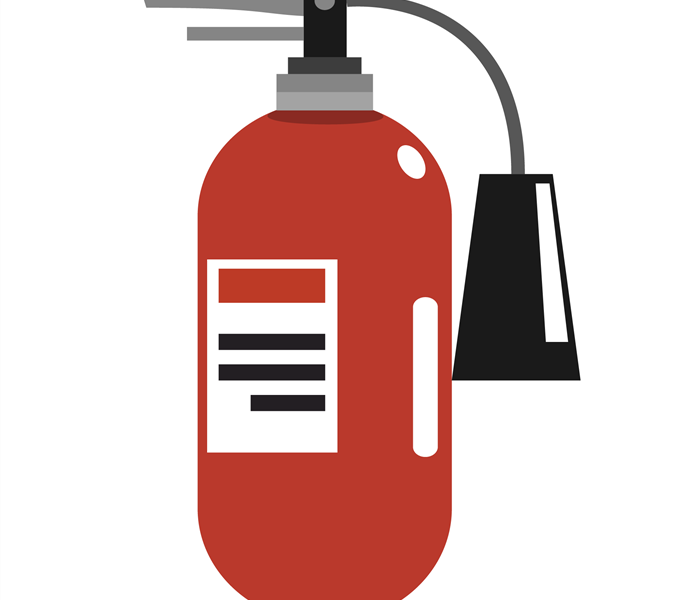Fire Extinguisher Classes
8/24/2023 (Permalink)
In order to safely extinguish fires and minimize their damage, it's crucial to recognize the diverse array of fire extinguisher types designed to effectively combat specific fire categories. There are five distinct classes of fires, each denoted by a corresponding letter:
Class A: The most prevalent form of fire, Class A fires involve combustible materials such as paper, wood, cloth, plastic, refuse, and other everyday substances commonly found in homes or businesses.
Class B: Fires stemming from flammable liquids are categorized as Class B fires. These liquids encompass substances like gasoline, paint, and oil. Class B fires can also involve combustibles such as propane or butane, which are classified as flammable gases.
Class C: Electrical fires fall under Class C fires, encompassing fires originating from outlets, wiring, and other electrical elements.
Class D: Fires ignited by combustible metals such as magnesium, sodium, aluminum, and potassium, referred to as chemical fires, are classified as Class D.
Class K: Fires involving combustibles like cooking oils, grease, and fats are designated as Class K fires.
It's essential to comprehend that there is no single fire extinguisher capable of safely and effectively extinguishing all types of fires. According to OSHA, "The three most prevalent types of fire extinguishers are air pressurized water, CO2 (carbon dioxide), and dry chemical." Additionally, wet chemical fire extinguishers are also available.






 24/7 Emergency Service
24/7 Emergency Service
